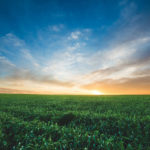
IBM expands artificial intelligence platform into agriculture
Growers, food companies and agribusiness can boost production with better availability of weather data

Unseeded acreage benefits available for farmers with unfit land
Wet and cool soil conditions left many fields unplanted this spring season
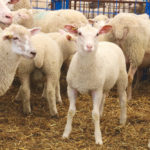
Small ruminant market prices remain high
Greater Toronto Area has high demand, but there’s little growing supply to meet it

Western Bean Cutworm trapping network expands
Western Bean Cutworm Trap Network includes more pests, larger geographic coverage and new name
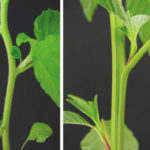
Waterhemp difficult to distinguish from pigweed
Using herbicide programs effective on pigweed, should cover waterhemp too, so far

Senate committee hears that soils need new priority
Soil experts testify that the federal government should take a greater role in soil research and data management
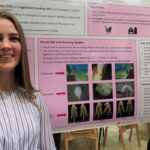
Researcher looks at turkey management and bird health
Changed management practices should aid in turkey welfare

The DON year and dairy feed
Dairy farmers have had to manage higher mycotoxin levels in feed after last harvest. Here’s how they did it
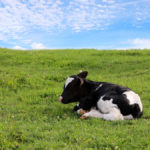
Local anesthetic and pain control show greatest calf comfort
University of Guelph study looked at reducing animal stress

Canadian Pork Excellence launched after five-year review
After some backlash from producers and a pilot test period, the program is better adapted for pork producers across Canada


